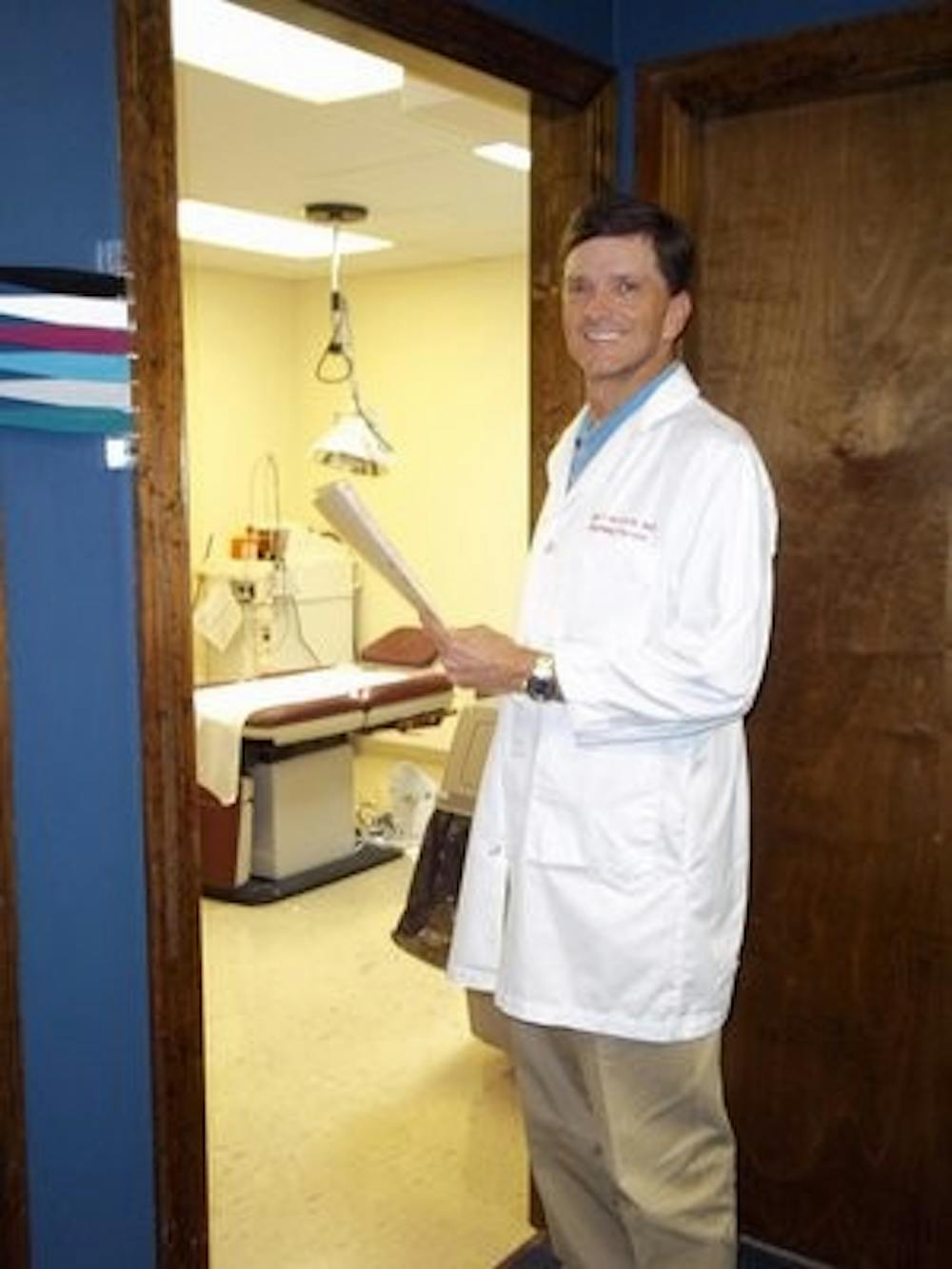For anyone thinking of hitting the tanning bed before spring break, Auburn dermatologist Robert Calcote recommends otherwise.
While lying in tanning beds may seem convenient for building a base tan before spring break, it can lead to several dangerous forms of skin cancer.
According to the Skin Cancer Foundation, nearly 30 million people in the United States tan indoors every year, and 71 percent of people who use tanning salons are women ages 16-29.
Calcote said there are hundreds of types of skin cancers; however, 99 percent of skin cancer cases are the three most common types: basal cell carcinoma, squamous cell carcinoma and melanoma. In the course of a typical year, Calcote said he sees close to 1,000 cases of skin cancers.
The American Academy of Dermatology wants people to learn the five characteristics of melanoma, the most deadly form of skin cancer, Calcote said.
"It's the A, B, C, D, E of melanoma," Calcote said. "Asymmetry, which means you can't cut in half and have mirror images; border irregularity, sharp-jagged or scalloped edges; color irregularity, numerous shades of different color; diameter, the size of a pencil eraser; and E is evolving, which means it's changing. If a mole has all five of these characteristics then it needs to be tended to immediately."
Calcote said exposure to ultraviolet light--whether from lying in the sun or in a tanning bed--is damaging to the skin, adding that a tanning bed can emit 8-10 times the amount of UV light as the sun.
"Every time a person is exposed to ultraviolet light, the best analogy that I can draw it is exactly like being exposed to nuclear radiation," Calcote said.
Tara Perry, a nurse at Calcote's office, said it is important to visit a dermatologist regularly.
"You may have a precancerous mole that needs to be looked at and removed before they turn into full-blown skin cancer," Perry said. "Some people may not know that they even have melanoma."
Calcote and his office will be providing free cancer screenings starting Feb. 29. They are available to all ages and will be held the first Wednesday of each month. The screenings last about five minutes.
"It has become apparent in my practice that the incidence of skin cancer is increasing significantly, particularly the more deadly form of skin cancer called melanoma," Calcote said.
Calcote said if someone really wants a tan, they should avoid tanning beds and opt for spray tans or "tan in a can."
For students spending their spring breaks on the beach, Calcote suggested taking the necessary precautions for skin protection, including covering up with at least SPF 30, reapplying every two hours and wearing wide-brimmed hats and tightly woven clothing.
Do you like this story? The Plainsman doesn't accept money from tuition or student fees, and we don't charge a subscription fee. But you can donate to support The Plainsman.





